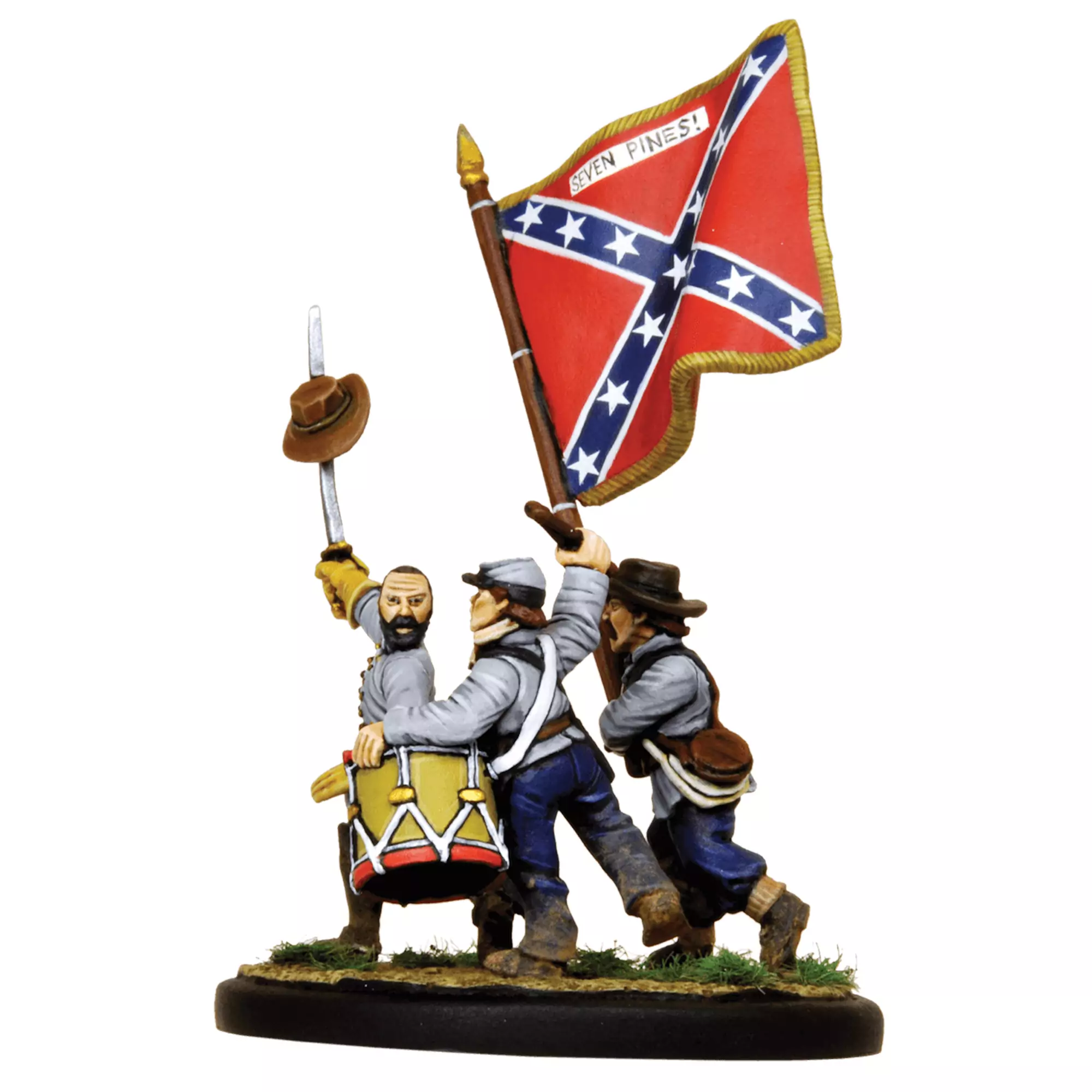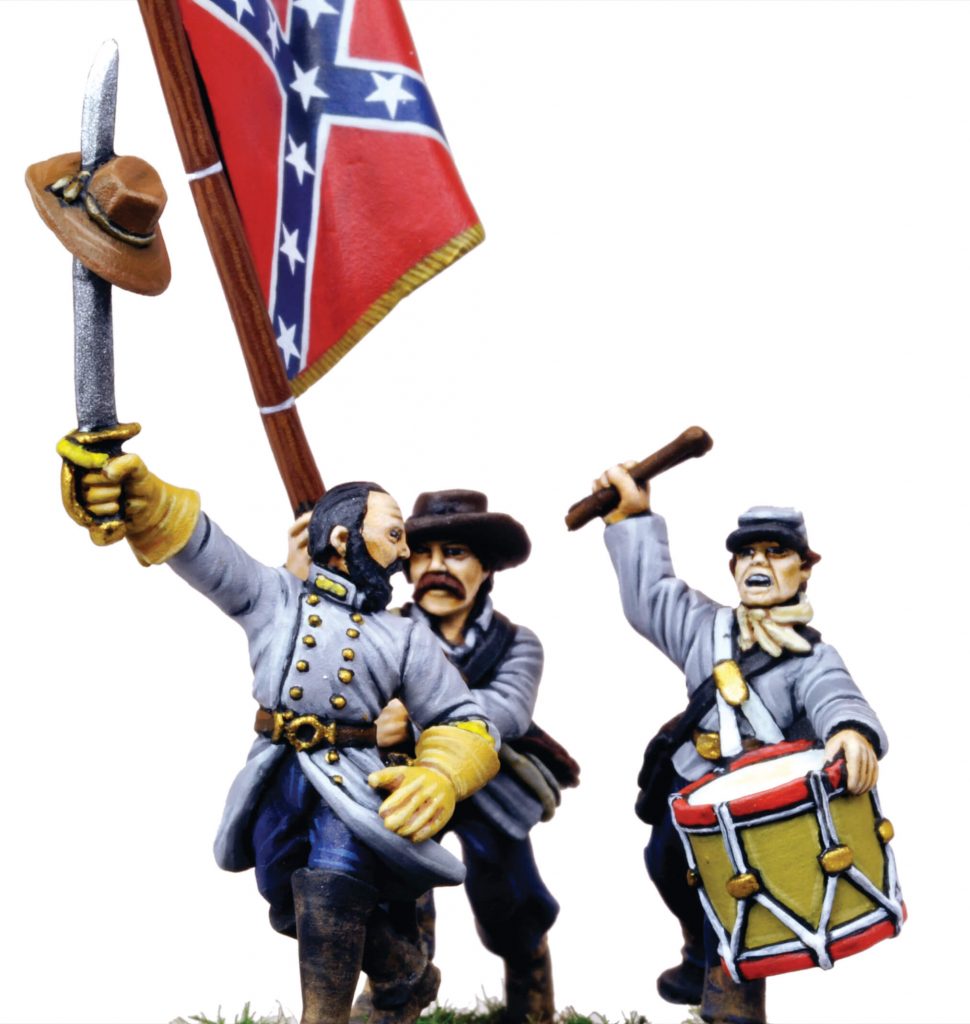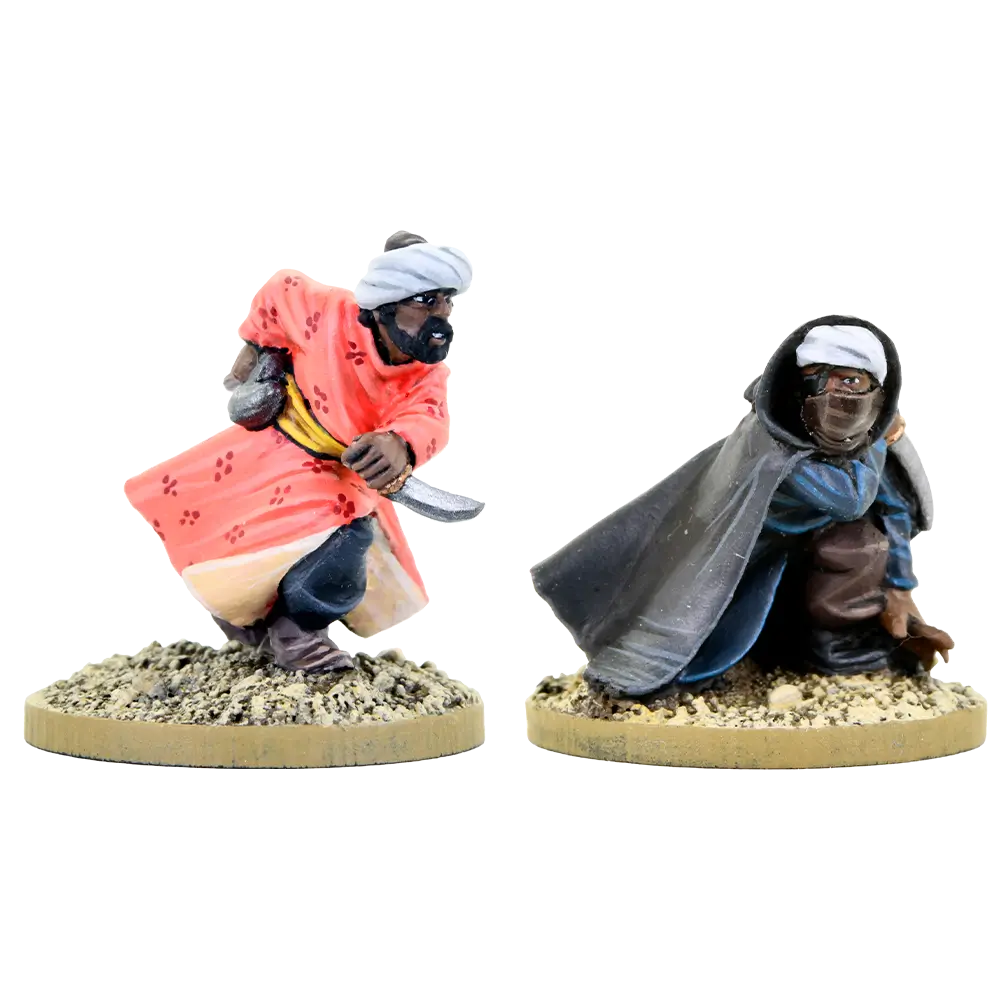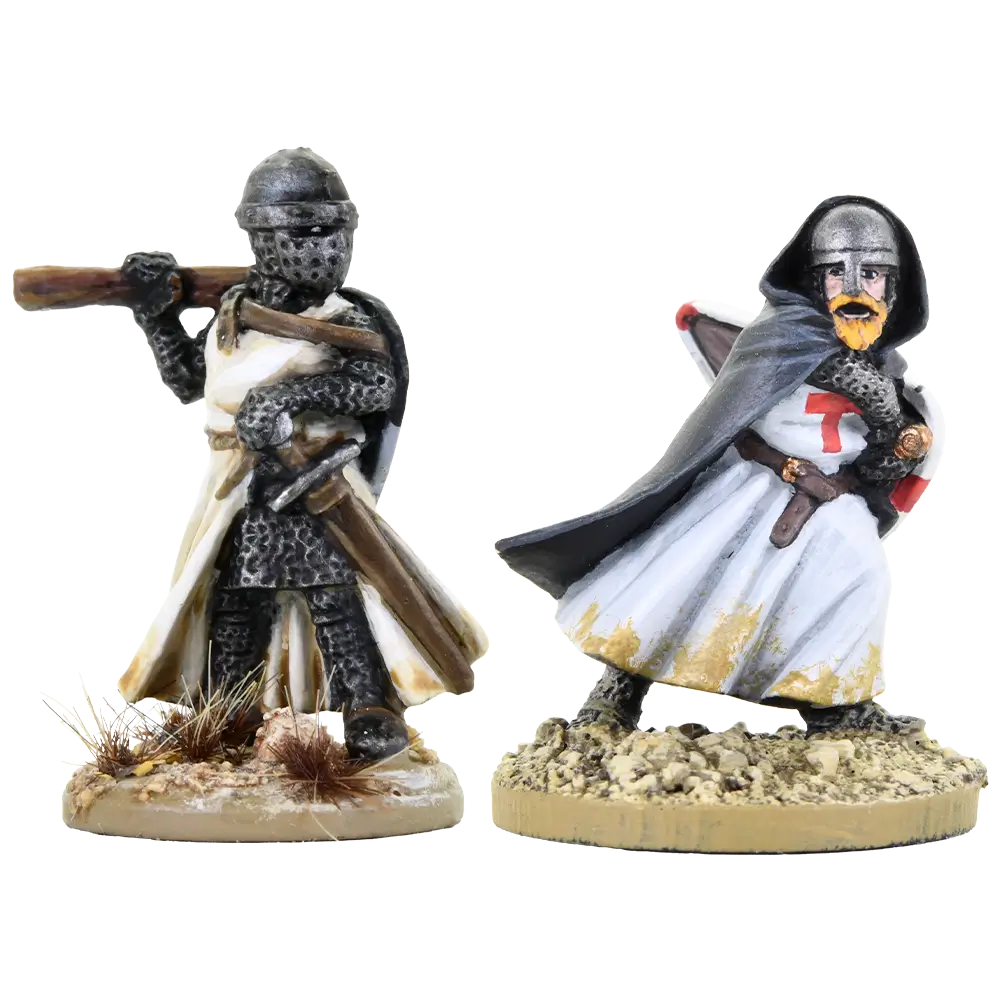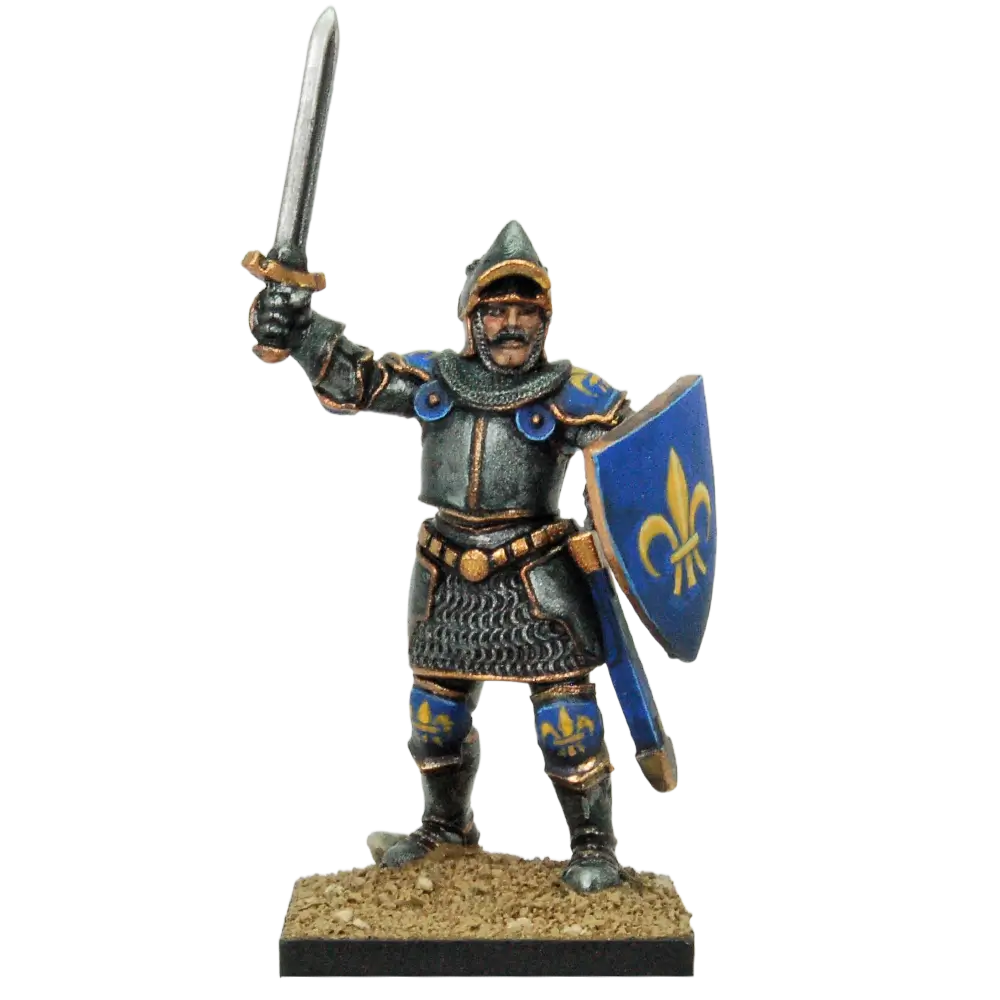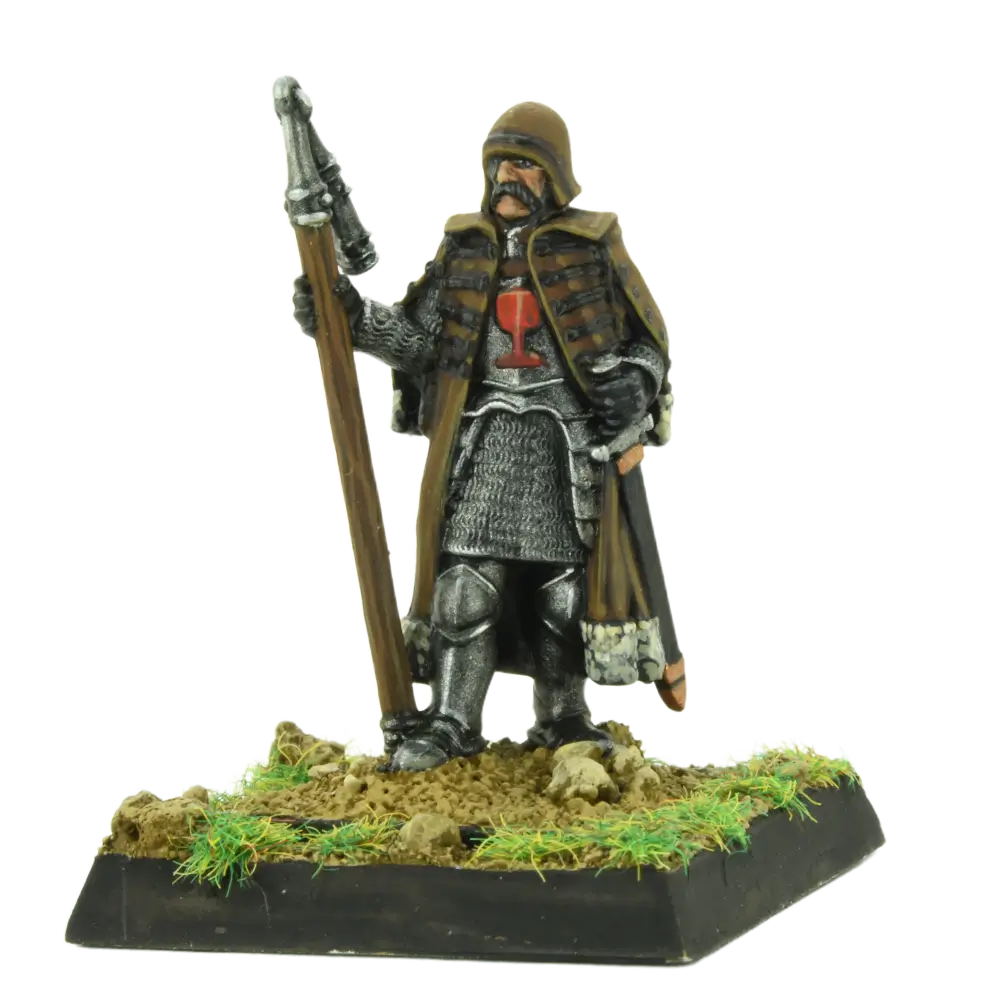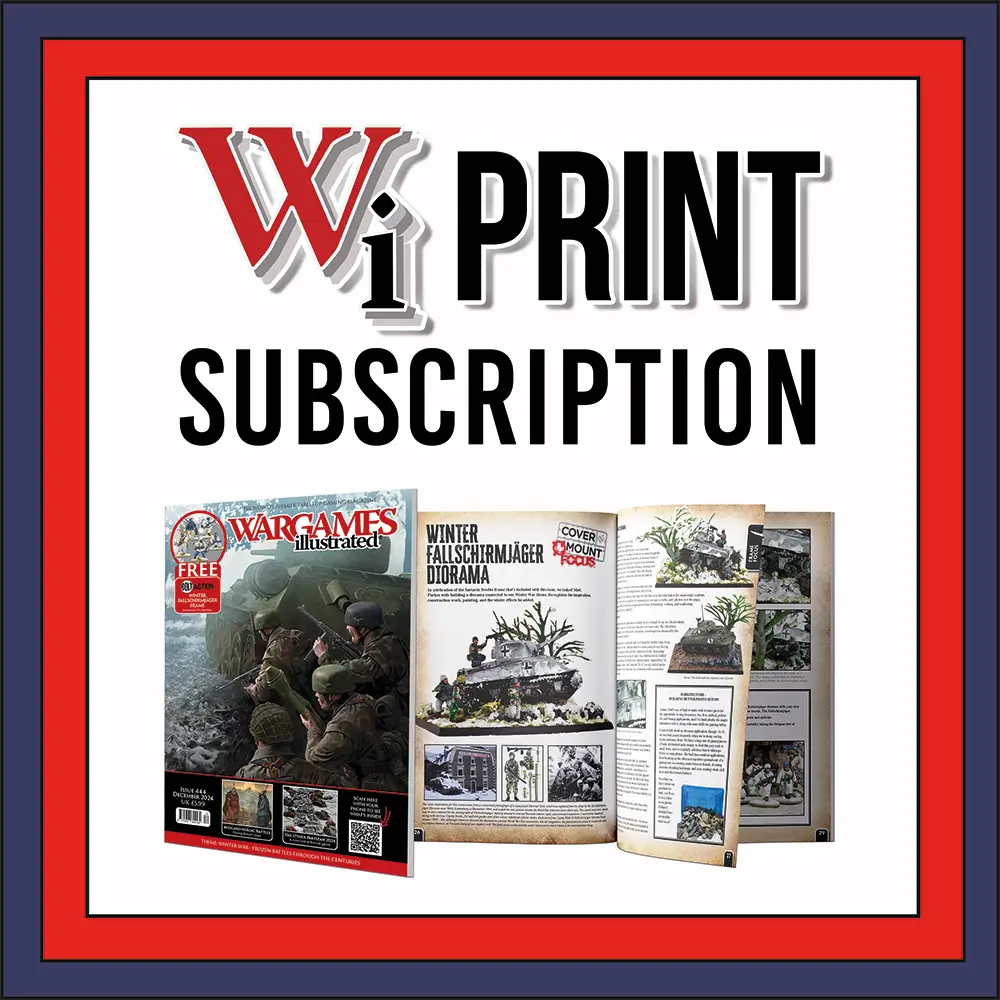High Tide At Gettysburg
£7.50
Few men in the American Civil War cut as tragic a figure as Lewis Addison Armistead. Yet few images of the war are as iconic as that of Armistead raising his hat on his sword at the cutting edge of Pickett’s doomed charge at Gettysburg on 3 July 1863.
Armistead was a widower twice over when the Civil War broke out, and he had also lost a son. Moreover, he found himself on opposite sides from his best friend Winfield Scott Hancock. Armistead bore all that with artistocratic forbearance as befitted a man from the North Carolina gentry. Not that he lived that life: Armistead joined the army in 1839, aged 22, after flunking out of West Point. He fought in the Mexican War in the 1840s then bounced around the west on various detachments before again seeing combat against the Mohave Indians. The Civil War found him in San Diego serving with Hancock. The pair exchanged toasts before parting on their separate paths to war. Armistead arrived in Virginia to receive a colonelcy with the 57th Virginia Infantry. He fought at Seven Pines and Malvern Hill, Second Manassas and Fredericksburg. By the time of Lee’s expedition into Pennsylvania in June 1863, Armistead commanded a brigade in George Pickett’s Division of Longstreet’s Corp.
Lee’s Army of Northern Virginia collided with the Union Army of the Potomac at the small seminary town of Gettysburg on 1 July 1863. The battle unfolded around the town and Cemetery Ridge to the south with both sides pouring more and more men into the fight. Armistead did not arrive on the field until the second day when Confederate attacks to the north and south of the Union line had already failed. That night, Lee made the fateful decision to send Longstreet’s Corps against the centre of the Union positions along the ridge the following day.
What came to be known as Pickett’s charge took a while to organize but all was in readiness by 1 p.m. At that appointed time, a massive 150 gun battery of Confederate cannons opened a thunderous bombardment designed to smash the enemy centre and pave the way for Pickett’s assault. Unbeknownst to Armistead and the rest of the Confederates, the barrage was ineffectual, most of the fire going over the top of the Union line into the rear. Moreover, hundreds of Union cannons sat silently waiting for the infantry assault to begin.
At 3 p.m. the artillery stopped and the 12,500 men of Pickett’s Division gathered themselves in readiness to march 1,200 yards up the gentle slope to the Union troops many of whom lined a low stone wall waiting for their chance to wreak havoc on the rebels. The Confederate target was a copse of trees standing starkly on the ridgeline. With much cheering, singing, and waving, Pickett’s charge stepped off into a torment of lead and explosive. Shot and shell rained on the Confederates from left, right, and centre, and they fell in their hundreds. Wide swathes opened up in the rebel ranks, but still they pressed on, Armistead to the fore. The firing only got more intense as Armistead’s men came within musket range and dense smoke filled the air. Armistead made it to a small angle of walls at the very heart of the Union line. He raised his hat on his sword to guide his men in to that attack and encourage them. But there were too few left, and three musket balls found their mark on Armistead, bringing him down wounded in body if not in spirit. He would die a short while later from his wounds.
Armistead’s fate that day personified that of Pickett’s Division, Lee’s army, and the Confederacy: his was a doomed effort pursued with utmost bravery and gallantry. Armistead reached what would become known as the “high point of the Confederacy”, perhaps the only real chance the South had to force a military settlement on the North. But the odds were too long, the obstacles too many, defeat was a long way off but after Pickett’s charge it was a matter of when not if.
Ordering from outside the UK?
We welcome magazine subscriptions and WiPrime membership orders from outside the United Kingdom – please order via our webstore. Digital/PDF products are also available to purchase and download here.
Our other products: Giants in Miniatures, games, physical magazines, and anything else that requires shipping, should be ordered from our distribution partner North Star Military Figures. You will find all Wi products on their website.
Featured and Discounted Products
Browse the most recent releases in the Wi webstore.

